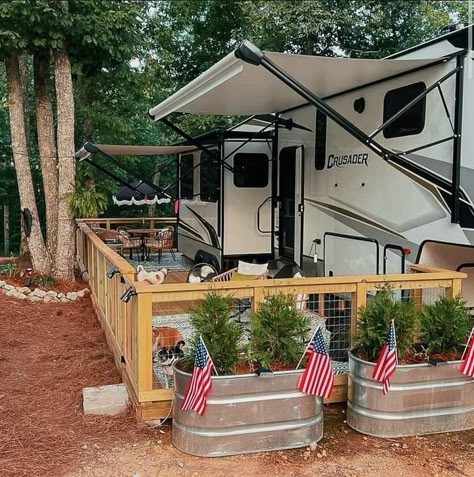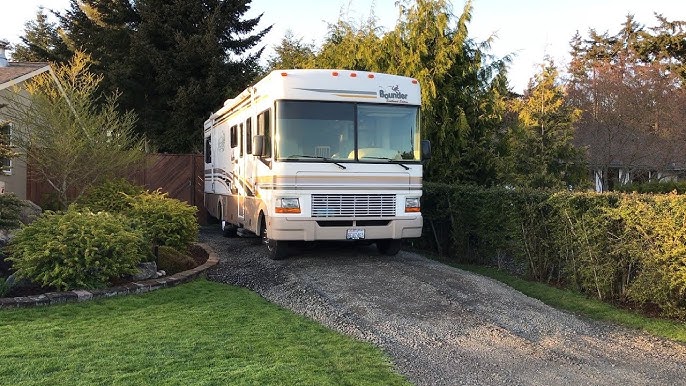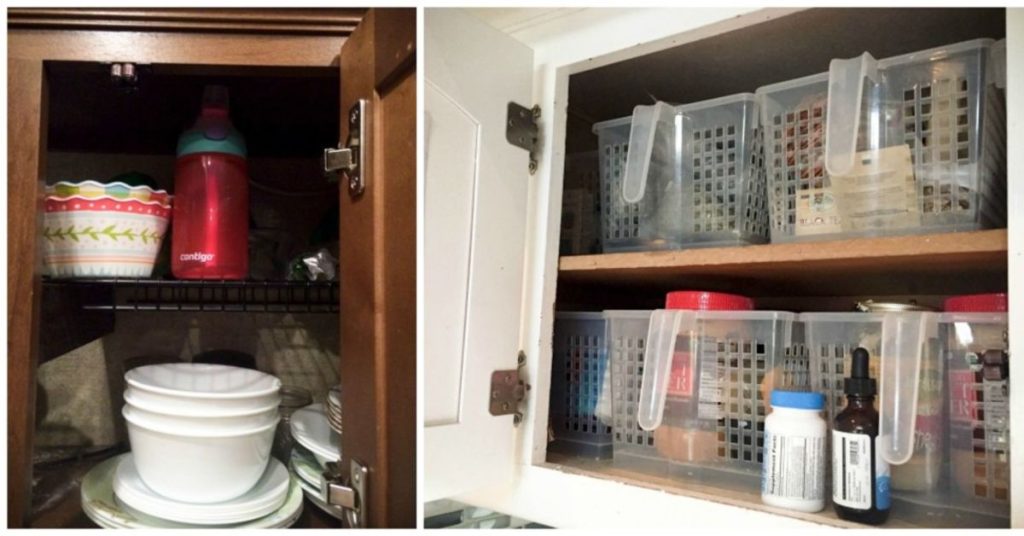
Top Tips for Making an RV Feel Like Home During Extended Stays
Traveling or living in an RV long-term is a dream for many: you get adventure, freedom, after all. But the trick is turning four wheels into a cozy, functional home. Here are ideas, tried & true, to help your RV feel warm, personal, and truly “yours” even when you’re parked for months.
1. Plan Your Move-In Slowly
Before heading off on a long stay, give yourself time in your driveway (or somewhere local) to really live in the space. Test out what works and what doesn’t. Andy and Kristen Murphy over at Thor Industries suggests spending at least a week just living in your RV and moving things around.
This lets you discover awkward storage problems, where light fixtures glare or leave shadows, what items you don’t need, and what you wish you had more of. Think of it like staging your tiny house on wheels.

2. Comfort First: Bedding, Seating, Lighting
- Invest in good bedding: soft sheets, a better mattress or mattress topper, warm blankets or quilts. Coziness starts where you sleep. The RVShare blog on “Art of Hygge” notes that bedding and blankets are among the most immediate ways to add comfort.
- Make seating inviting: throw pillows, removable/fade-resistant covers, maybe swapping out factory seating with something more comfy if space allows.
- Light wisely: soft, layered lighting helps. Dimmable lights, string lights, small lamps, night lights. Lighting can make small spaces feel much more relaxed.
Planning an extended stay near Lake Texoma? Checkout Sunset View RV Resort
3. Personal Decor & Sentimental Touches
What makes a house feel like home is personalization. Here are ways to do that without cluttering or damaging your RV:
- Use décor items that mean something to you: a rug from home, a special throw, favorite mugs or dishware. Thor suggests using your regular dishware rather than disposable stuff.
- Hang pictures or art using damage-free options: velcro, command strips, lightweight frames.
- Decorative “corners” or small vignettes: small shelves, plants (secure them so they don’t shift), string lights, etc. These micro-decor spots bring personality.
4. Smart Storage & Organization
Longer stays mean more stuff – and more chance of clutter. Keeping things tidy makes a big difference.
- Assign everything a place. Use containers, bins, built-in storage wisely.
- Use multi-use furniture where possible. Tables that fold, storage ottomans, bench seats with hidden storage, etc.
- Minimalism helps: don’t bring more than you need. If something isn’t used after a trial, consider stashing it or sending it home.

5. Make It Cozy for All Seasons
Whether you’re in snow, rain, or blazing sun, your comfort depends on adapting to the elements.
- Thermal or blackout curtains to manage heat or cold and block morning light.
- Proper heating & insulation: consider extra insulation, better seals, maybe a supplemental heater if needed.
- Cooling: fans, maybe portable AC if the rig supports it, or shades/awnings outside to reduce heat entering.
- Ventilation: windows, roof vents or exhaust fans to prevent stuffiness or dampness.
6. Upgrade Where Practical
Some upgrades make a big difference even if they’re small:
- Replace fixtures like drawer pulls, cabinet handles, lighting fixtures to ones you like. Those small changes add up.
- Peel-and-stick wallpaper or backsplash tiles to add color or pattern without big work. Jayco shows wallpapers and decorative trims can transform a space.
- A blog post over at Camping World suggests using rugs or mats to define spaces, add warmth underfoot, and help with comfort & insulation.

7. Embrace the Outdoors
Part of the beauty of extended RV life is being close to nature. Let the outdoors become part of “home”:
- Use patios, decks, or outdoor mats. Comfortable chairs, a small table outside your door add living space.
- Use outdoor lighting (string lights, lanterns) around your camp to make evenings magical.
- Bring plants (outside and in) to connect with nature. Even small potted plants or hanging planters can bring life inside. Just make sure they’re secured for travel.
8. Develop Routines & Rituals
A home isn’t just stuff—it’s also the things you do. Establishing routines helps psychologically:
- A “morning routine”: making coffee, reading outside, stretching.
- Evening ritual: lighting a lamp or string lights, doing some journaling, playing music.
- Organizing cleaning days so things don’t spiral out of control.
These little routines can anchor you in the space so you feel more stable even while on the move.
9. Keep Comfort of Senses in Mind
Smells, sounds, touch—all contribute to how “homey” the space feels:
- Use diffusers, candles (carefully if allowed), or sprays that smell clean or familiar.
- Soft textiles: plush throws, soft cushions, rugs underfoot.
- Soundscapes: maybe a small speaker to play background music, or choose campsites with less traffic/noise if possible.
10. Plan for Maintenance & Backup
Nothing ruins a cozy feeling faster than living with broken things or being unprepared.
- Keep spare parts for common issues: hose clamps, seals, bulbs, tapes.
- Know your electrical, plumbing, and heating systems so you can troubleshoot. Lippert’s blog emphasizes knowing your system (electrical, etc.) so you feel in control.
- Regular cleaning and upkeep to prevent small annoyances turning into big discomforts.
An RV dwelling isn’t just a place to sleep—it can be home, with warmth, personal touches, comfort, routines, and a connection to place. The goal isn’t perfection, but a space where you feel settled, safe, and content. Even small changes can make a big difference. After all, home is what you make it—no matter where you park.
